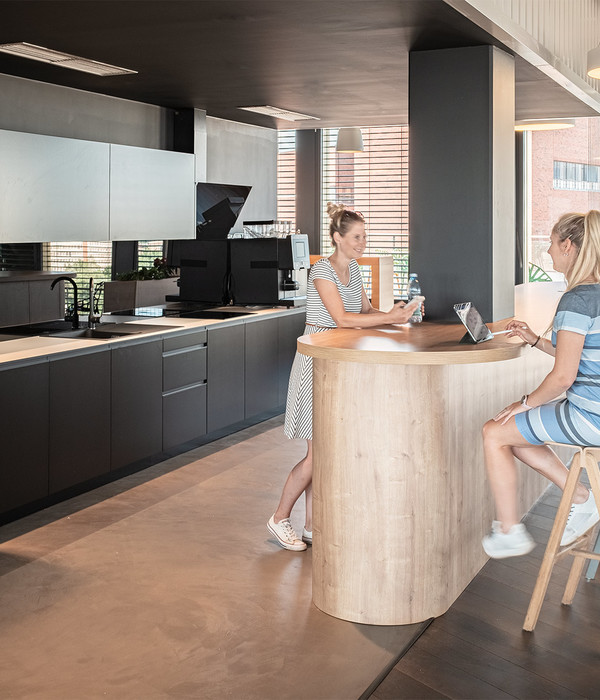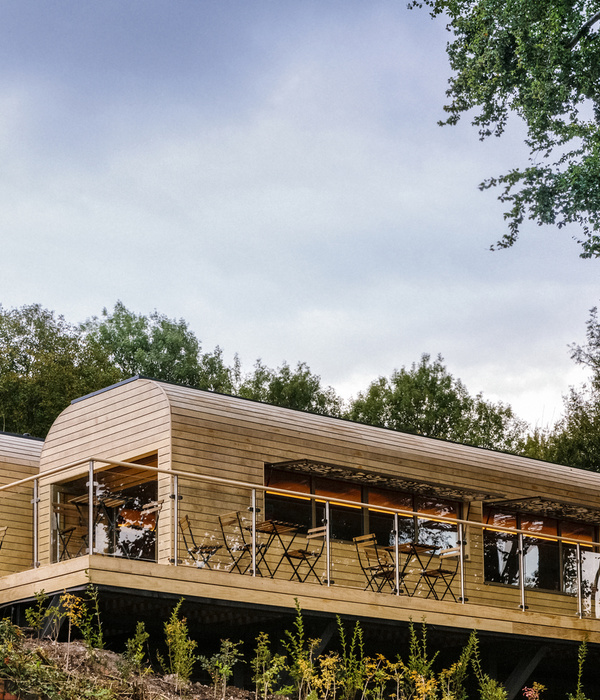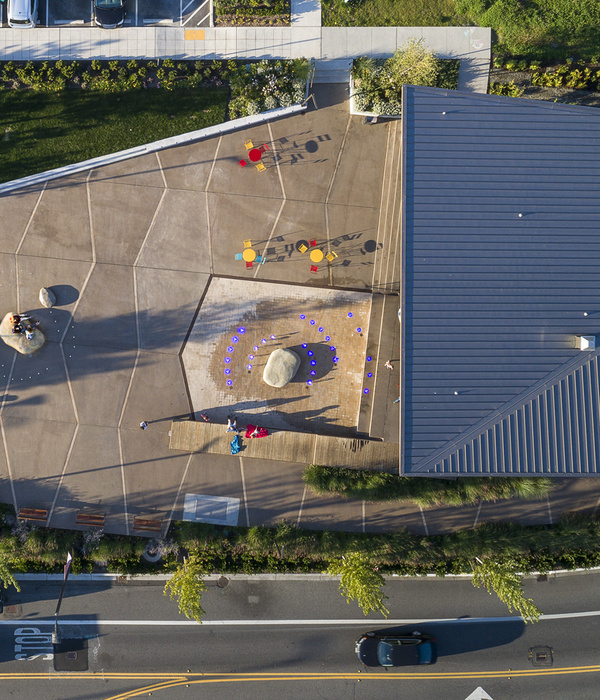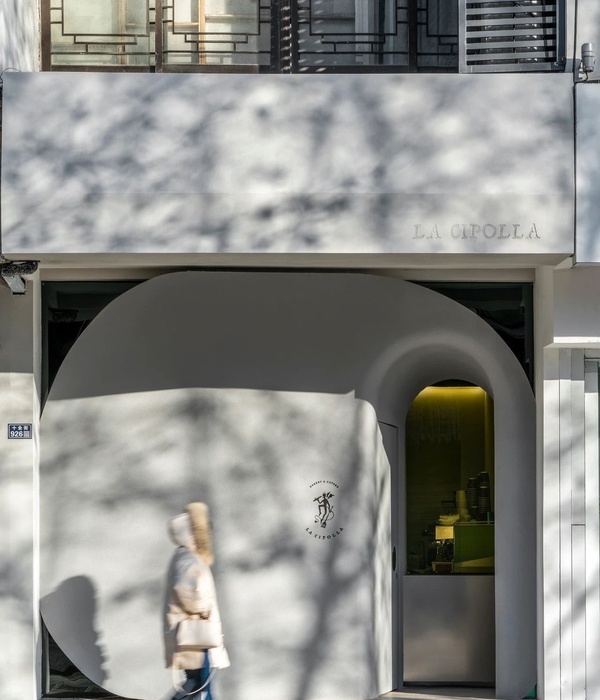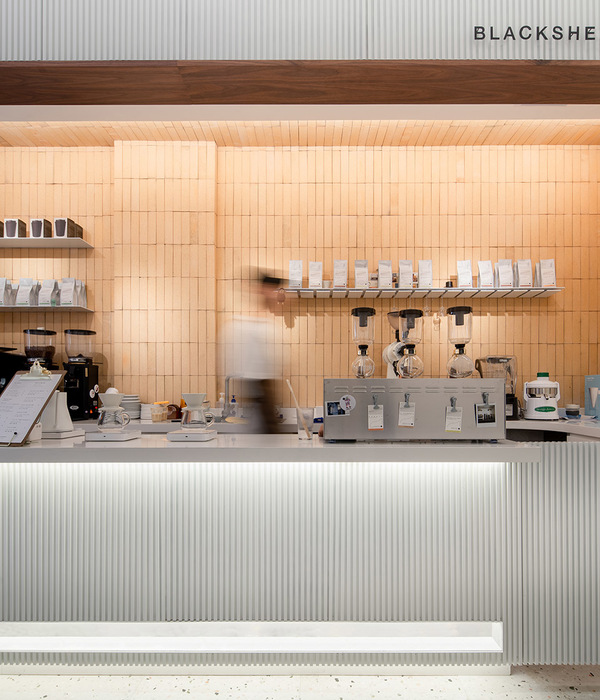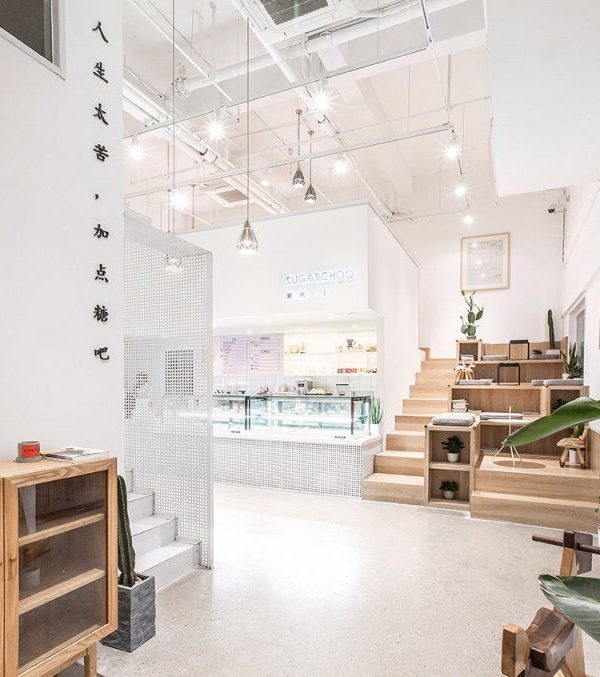Architect:obermoser arch-omo zt gmbh
Location:Soelden Gaislachkogl, Austria; | ;
Project Year:2014
Category:Restaurants
The peak of the Gaislachkogl, with an impressive Panorama at 360 degrees, has inspired architect Johann Obermoser to design a new alpine restaurant at 3.054 meters of altitude. The panoramic view above three countries - the Italian dolomites, the German Zugspitze and diverse Austrian glacier (Pitztal, Ötztal, Stubaital and Zillertal) has been dominant elements among the factors influencing the design. The concept vision was of a crystal sculpture recalling the neutrality of stacked ice blocks, and framing meanwhile the breath-taking-views to the glaciers and the alpine scenario. Cantilevered building elements and wide sun terraces are inviting to linger, calling to witness the stillness of the landscape, suggesting a rest pause.
The access to the restaurant takes place through a tunnel, being a shelter from the weather and still a space of transition between inside and outside, where through paving grids the wind can blow from underneath. The real entrance, at the same level of the cable car station, is illuminated by colourful LED lamps giving accent to the prestigious wine barrique depot - Pinot 3000. This introduction space leads at ground level to the bar and restaurant, enriched by a wide terrace facing south. One floor above it has been placed a lounge area, suitable as well as conference room, and a spacious terrace. The roof of the Ice-Q will be used as free accessible panoramic platform, connected to the Gaislachkogl peak through a suspended bridge. Due to the exposed location within the sensible permafrost soil (an eternally frozen ground) the foundation has been reduced to the essential minimum of three single coating layers.
In the interiors local materials predominate. Virgin stone, paving the entrance floor, has been extracted and cut from the glacier itself, untreated massive woods have been chosen for walls, floor and ceiling claddings, as well as for the furniture, every choice measured in conformity to the specific context. The fabrics as well, loden for draperies and seat coating, or lamb‘s wool for carpets, provide a discrete and distinctive ambience. In the bar area has been employed Black Inox, this choice wants to evoke symbolically the effect of ancient open fire places in traditional chalets, whose smoke darkened walls and ceilings. The 100 seats of the restaurant and the 40 of the lounge bar offer to the guests of the ‚Ice Q‘ a recreational oasis at highest lavel.
The structure rests on three single fundaments in order to react to the permafrost and to the possible subsoil alterations. This construction choice allows a natural ventilation, enables a three dimensional hydraulically adjustment of the building and avoids any connection to the adjacent ground, preventing any heat dissipation to the underground. The basement, functioning as a technology-control centre, has the form of a stiff reinforced concrete cube. Above ground level a steel structure has been combined with floors of crossed-glue laminated wooden beams. For the façade have been chosen a transom and mullion construction, wrapped by triple glazing elements. Partly enamelled glazing vertically frame the floor areas. Glass corners have been realized as full glass constructions. The flooring structure consists of hollow flooring constructions, keeping maximum flexibility for building installation requirements. Due to a limited construction time (5 months) all construction parts had to be prefabricated on schedule and coordinated with transport vehicles riding to the summit. Due to weather condition strongly effecting the delivery, a strict planning has been essential in order to efficiently keep up the timing-schedule.
The choice for an all-round glazing coat set great demands regarding the building’s energetic requirements. The passive energy winnings, brought into the building through wide glazed surfaces, are being saved into a short-cycle energy-conversion buffer able to compensate natural energy losses during night ours or adverse weather. The choice for a triple glazing prevented energy losses produced by an extended glazed surface, minimising as well direct and lateral sun radiation, and avoiding cooling burden in hot summer days.
During the development of construction schemes, maximum priority has been given to energy efficiency and to passive energy-gain (winter garden principle). The passive-energy income won through the glazing surface is being buffered by the ventilation system into a water tank; the energy saved through this process, is combined with a water-guided floor heating system covering the building’s ground heating needs. In order to quickly react to fast weather and temperature changes, the temperature regulation functions over an air conditioning system provided with a cooling and a heating function.
The addition of warm air takes place through convector heaters placed along the façade, supported by extreme temperature variability (-30°) by an additional warmth curtain in combination to mobile sun shelters (a second façade with double thermic function). The waist-heat of the cooling units is further employed by the heating system. The energy of exhausted outgoing air will be withdrawn by an after-cooling register (blow-up temperature between -5° and 0°) in order not to endanger the Permafrost (the perpetually frozen ground) and being delivered through an heat pump to the climate convector.
▼项目更多图片
{{item.text_origin}}

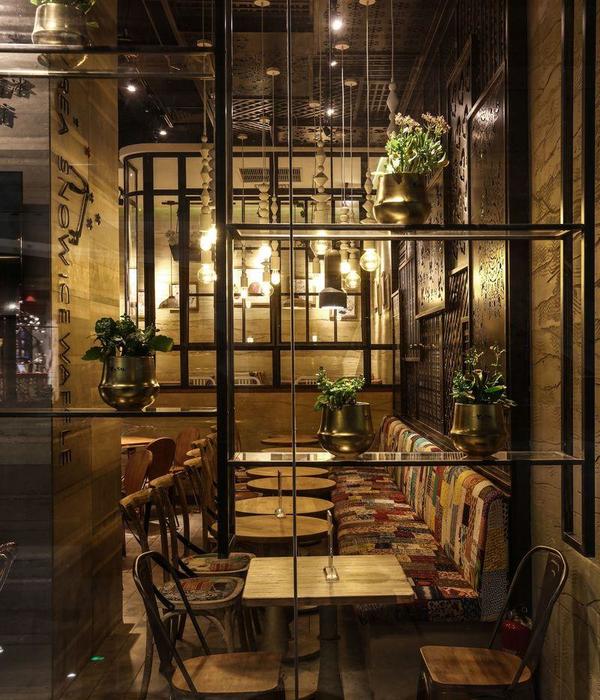
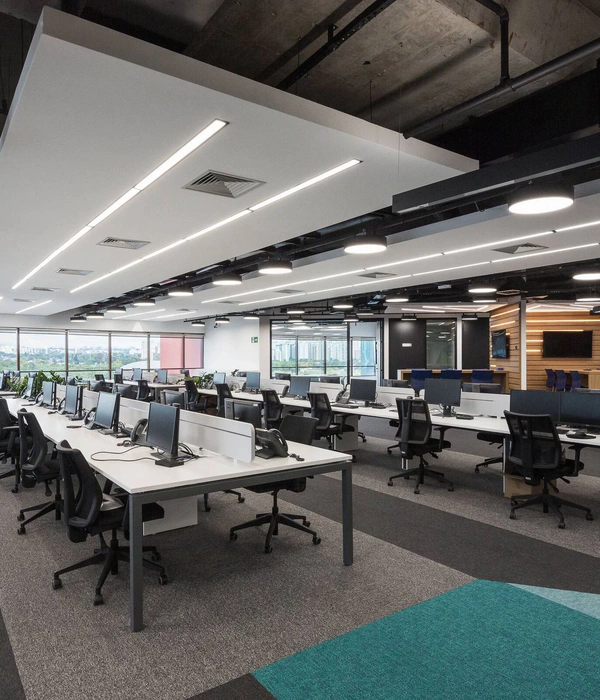
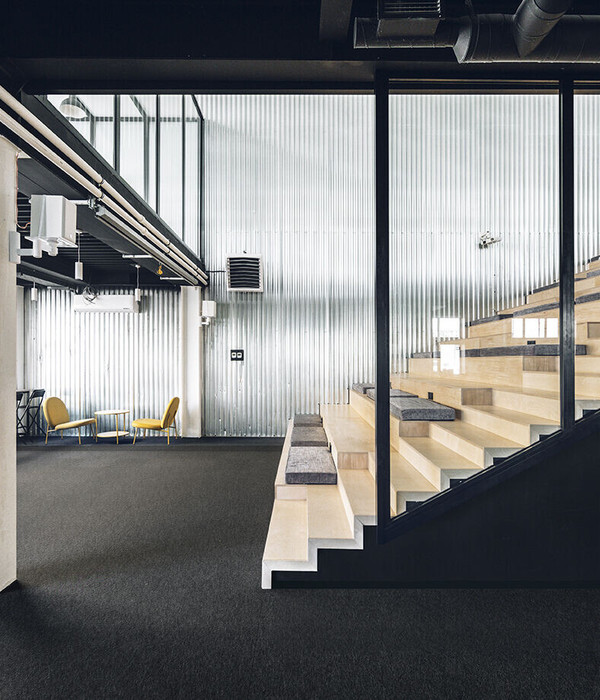
![[β] Lab | 未来办公空间的实验与探索 [β] Lab | 未来办公空间的实验与探索](https://public.ff.cn/Uploads/Case/Img/2024-04-11/KdjOzVtjhQGAGghtzzCBXhnMJ.jpg-ff_s_1_600_700)
